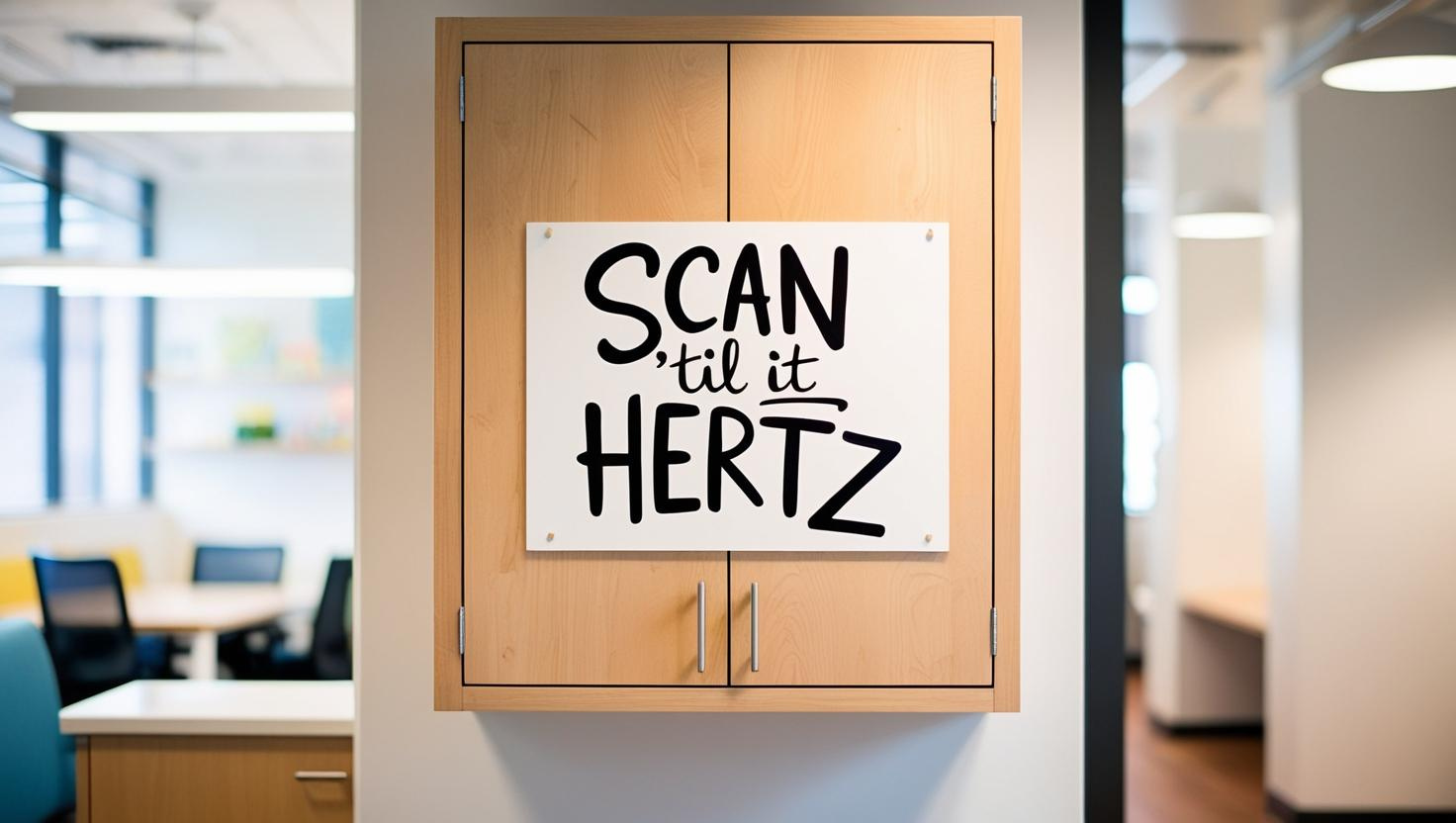That handwritten sign, likely meant as a joke, was posted in the break room. I didn’t know who put it up, but no one took it down. I convinced myself that the aching in my neck was part of the job description, and that the numbness and tingling in my right hand was a right of passage. No one around me talked about being in pain, but I later realized they were likely all hurting too.
As a new sonographer, I was focused on learning new machines and protocols, getting good images, taking care of my patients, and keeping up with the schedule. I didn’t even know I should pay attention to my body screaming at me that I was not okay.
So I scanned through the pain. I contorted my body to work around IV poles and pumps, ventilators, chairs, bedside tables, and hospital beds with mattresses the width of a full side bed. I accommodated the patient and environment and absorbed those ergonomic flaws into my body. I did not speak up about what I was experiencing.
“I’m a firm believer that language and how we use language determines how we act, and how we act then determines our lives and other people’s lives.”
-Ntozake Shange
I remember a new grad was struggling to keep up with a busy schedule because her shoulder hurt. My supervisor told me to “take one for the team” and do some of her exams for her because my shoulder was “already shot.” I believe in helping and supporting colleagues, but not for that reason.
There is still work that needs to be when it comes to creating and implementing solutions for ergonomic issues in sonography. From equipment manufacturers, to healthcare administrators, to the sonographers themselves. But the first step in making progress is to ensure that the words we share with one another do not make light of the challenges we face; that they do not minimize our and others’ pain, and that we do not carry forward the messages from the past that scanning in pain is somehow a badge of honor.
